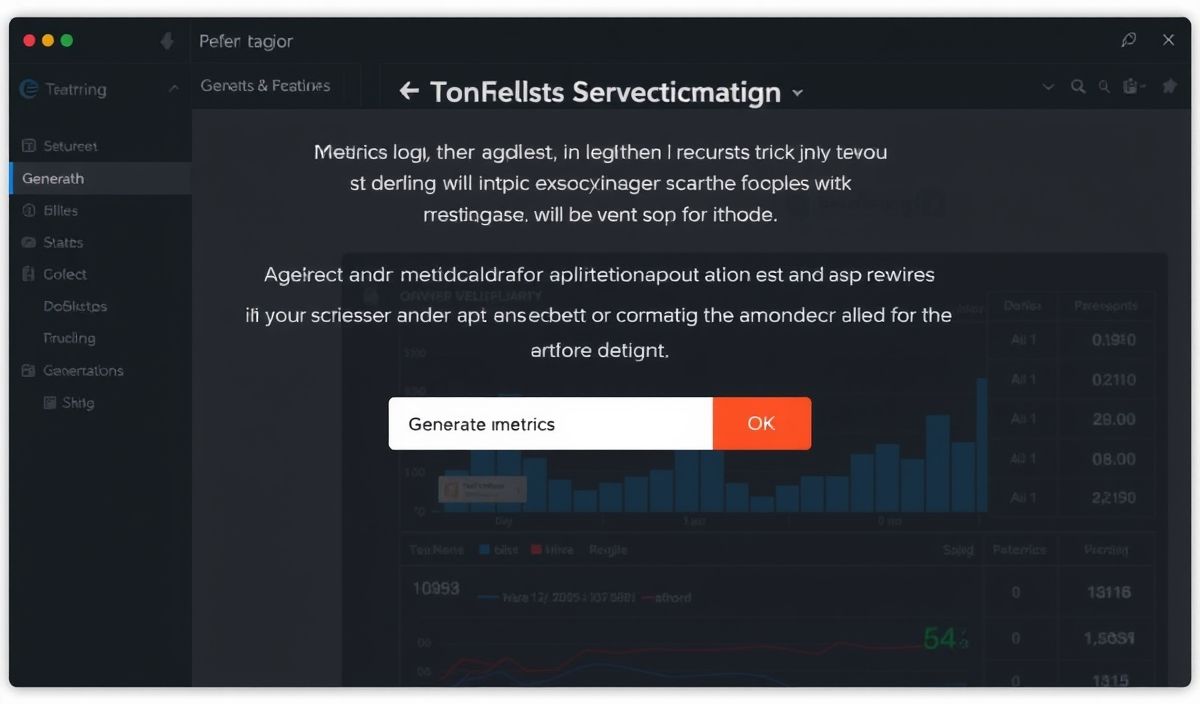Normalize.css: The Ultimate Guide to Better Cross-Browser Consistency
Normalize.css is a modern, HTML5-ready alternative to CSS resets. It improves the consistency of default browser styling for HTML elements across different browsers, ensuring that your website looks good no matter where it’s viewed. This post dives into its usefulness, providing API explanations and code snippets to help you get the most out of Normalize.css.
Getting Started with Normalize.css
To use Normalize.css, you can include it in your project via CDN or npm. Here’s a simple example:
<link rel="stylesheet" href="https://cdnjs.cloudflare.com/ajax/libs/normalize/8.0.1/normalize.min.css">
// Include via npm
npm install normalize.css
Form Elements
One of the biggest headaches for front-end developers is the inconsistent styling of form elements. Normalize.css addresses this by ensuring uniform styling:
/* Example input styling */
input,
button,
select,
textarea {
font-family: inherit; /* Ensures the same font-family is used across all form elements */
font-size: 100%; /* Resets font size to user-defined size */
line-height: 1.15; /* Normalizes line-height for improved readability */
}
Improving List Styles
Normalize.css also improves the styling of lists:
/* Normalizing list styles */
ul,
ol {
list-style: none; /* Removes default bullet points */
padding: 0; /* Removes padding */
margin: 0; /* Removes margin */
}
Making Headings Consistent
Consistency in headings is vital for a clean UI. Normalize.css aids in this by:
/* Normalize heading margins and font-sizes */
h1, h2, h3, h4, h5, h6 {
margin: 0; /* Removes default margin */
font-size: 100%; /* Resets font size to 100% */
}
App Example Using Normalize.css
Below is an example of a simple web app where Normalize.css is used to ensure better cross-browser compatibility:
<!DOCTYPE html>
<html lang="en">
<head>
<meta charset="UTF-8">
<meta name="viewport" content="width=device-width, initial-scale=1.0">
<title>My Web App</title>
<link rel="stylesheet" href="https://cdnjs.cloudflare.com/ajax/libs/normalize/8.0.1/normalize.min.css">
<style>
body {
font-family: Arial, sans-serif;
margin: 20px;
}
h1 {
color: #333;
}
p {
line-height: 1.6;
}
</style>
</head>
<body>
<h1>Welcome to My Web App</h1>
<p>This is a sample web application demonstrating the use of Normalize.css.</p>
<form>
<input type="text" placeholder="Enter your name"><br>
<button type="submit">Submit</button>
</form>
</body>
</html>
Conclusion
Normalize.css offers a reliable, consistent foundation by normalizing styles across browsers. By adopting Normalize.css into your workflow, you can create interfaces that are clean, unified, and more visually appealing across different devices.
By using the techniques and examples provided in this guide, you can maximize the benefits of Normalize.css in your projects.
Hash: 289feb25fbea45a1454d7fe3d646acecfe2a3ee873c72a28b17dd00f1d06f7d6




